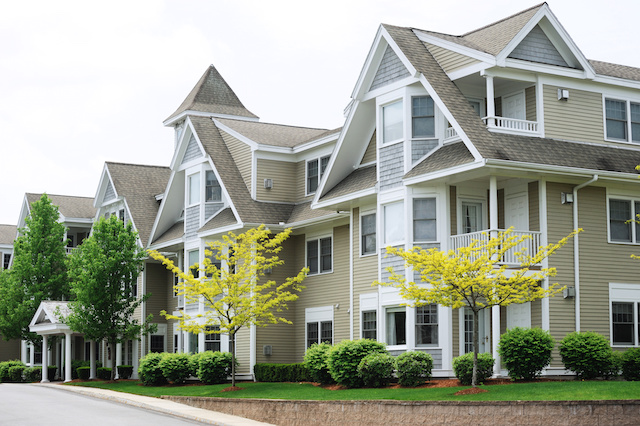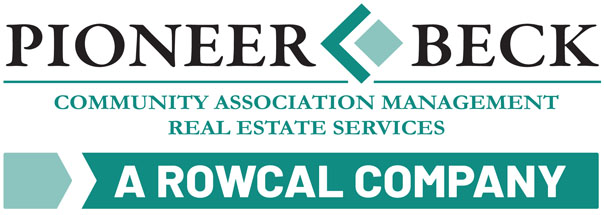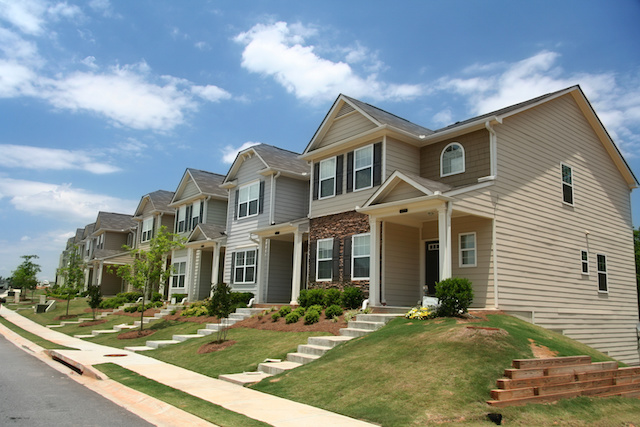Condo HOA: What Every New Property Owner Must Know
Condo HOA: What Every New Property Owner Must Know
Blog Article
Exactly How Condo HOA Controls Shared Spaces and Boosts Neighborhood Harmony
The administration of common areas within a condo organization plays an essential function in fostering community communication and maintaining residential or commercial property worths. With the facility of extensive standards, the Condo HOA not only manages the use of public amenities yet additionally promotes a culture of regard and accountability amongst homeowners.
Duty of the HOA
The house owners association (HOA) works as the controling body for condominium neighborhoods, playing a critical role in preserving the residential or commercial property and advertising a natural living environment. It is accountable for applying and establishing area rules and laws, which are made to preserve the visual worth and performance of the shared room. This governance makes sure that all residents comply with a standardized collection of expectations, promoting a feeling of unity among varied property owners.
Additionally, the HOA takes care of the monetary facets of the community, consisting of budgeting, accumulating dues, and maintaining common locations. This economic oversight is critical in making sure that essential maintenance and enhancements are executed promptly, enhancing building values gradually. The HOA likewise acts as a liaison between residents and external entities, such as city government and solution carriers, resolving common worries efficiently.
In Addition, the HOA typically organizes neighborhood occasions and programs, motivating neighborly interactions and developing partnerships amongst locals. By facilitating open communication and addressing complaints, the HOA adds to an unified living environment. Therefore, its multifaceted duty is essential in making sure the smooth operation and general satisfaction within condo areas.
Policies for Shared Spaces
Reliable administration in condominium areas demands clear rules for shared spaces, which are vital for maintaining order and promoting a feeling of community among locals. These guidelines serve as standards that make certain everyone can take pleasure in common areas, such as swimming pools, gardens, and leisure centers, without problem.

Furthermore, tidiness and upkeep criteria are crucial, commonly specifying that residents must tidy up after themselves and report any type of problems to the property owners' association. By plainly interacting these expectations, the HOA can minimize misconceptions and motivate regard amongst homeowners.
Inevitably, distinct guidelines for shared areas contribute to the overall high quality of life in a condo area, permitting residents to exist together quietly while enjoying the features that improve their living experience. condo hoa.
Relevance of Community Guidelines

Community guidelines play a considerable function in fostering a natural and considerate environment within condo associations. These standards develop clear expectations for homeowners, advertising a sense of liability and shared duty. By marking appropriate habits and practices, community standards aid stop misconceptions and conflicts among citizens.
Furthermore, these guidelines act as a framework for preserving the practical and aesthetic stability of common spaces. They make sure that all citizens comply with requirements relating to building upkeep, sound levels, and usage of communal centers. This uniformity not just improves the visual charm of the neighborhood however additionally contributes to overall home worths, profiting all home owners.

Dispute Resolution Approaches
Navigating disputes within a condo association requires a structured technique to guarantee fair and effective resolution. Reliable dispute resolution strategies often begin with open interaction, urging locals to voice issues in a respectful manner. Developing an assigned network for grievances, such as a pointer box or an online discussion forum, can facilitate this procedure.
Mediation is another essential technique, in which a neutral third party assists disputing locals get to an equally reasonable option. This method promotes partnership and understanding, lessening hostility - condo hoa. The HOA board ought to likewise create clear procedures for dealing with problems, making certain all events understand the actions involved
Regular conflict resolution training for board members can enhance their ability to deal with conflicts properly. Using a distinct framework, such as the "Interest-Based Relational Technique," helps concentrate discussions on rate of interests as opposed to settings, advertising a solutions-oriented attitude.
Benefits of Community Consistency
Cultivating neighborhood consistency within a condominium association brings various benefits that improve the overall living experience for residents. A harmonious neighborhood encourages cooperation and collaboration amongst neighbors, bring about an extra like-minded ambience. When locals feel revered and connected, they are extra most likely to take part in public tasks and participate in decision-making procedures, causing a stronger feeling of belonging.
Moreover, neighborhood harmony dramatically decreases misconceptions and disputes, which can or else disrupt life. A calm atmosphere decreases tension and promotes psychological wellness, enabling homeowners to enjoy their homes fully. Furthermore, this article harmonious relationships frequently equate into increased home values, as possible buyers are attracted to communities defined by security and collaboration.

Final Thought
In summary, the duty of the Apartment HOA is pivotal in controling common areas and fostering area consistency. condo hoa. Through the facility of clear rules and community guidelines, homeowners are urged to keep a respectful and answerable setting. Efficient problem resolution strategies further improve communication and collaboration amongst locals. Eventually, the initiatives of the HOA contribute to a cohesive area, advertising both building worths and total resident contentment. The positive impact of these efforts is crucial for sustained public well-being.
Additionally, the HOA often arranges community occasions and programs, encouraging neighborly interactions and building connections amongst locals. By defining acceptable habits and practices, neighborhood standards help avoid misunderstandings and conflicts amongst homeowners.
In addition, neighborhood guidelines promote reliable interaction among locals and the Homeowners Organization (HOA) With the facility of clear regulations and community standards, homeowners are motivated to maintain a responsible and respectful environment. Eventually, the efforts of the HOA contribute to a cohesive area, advertising both building worths and overall resident contentment.
Report this page